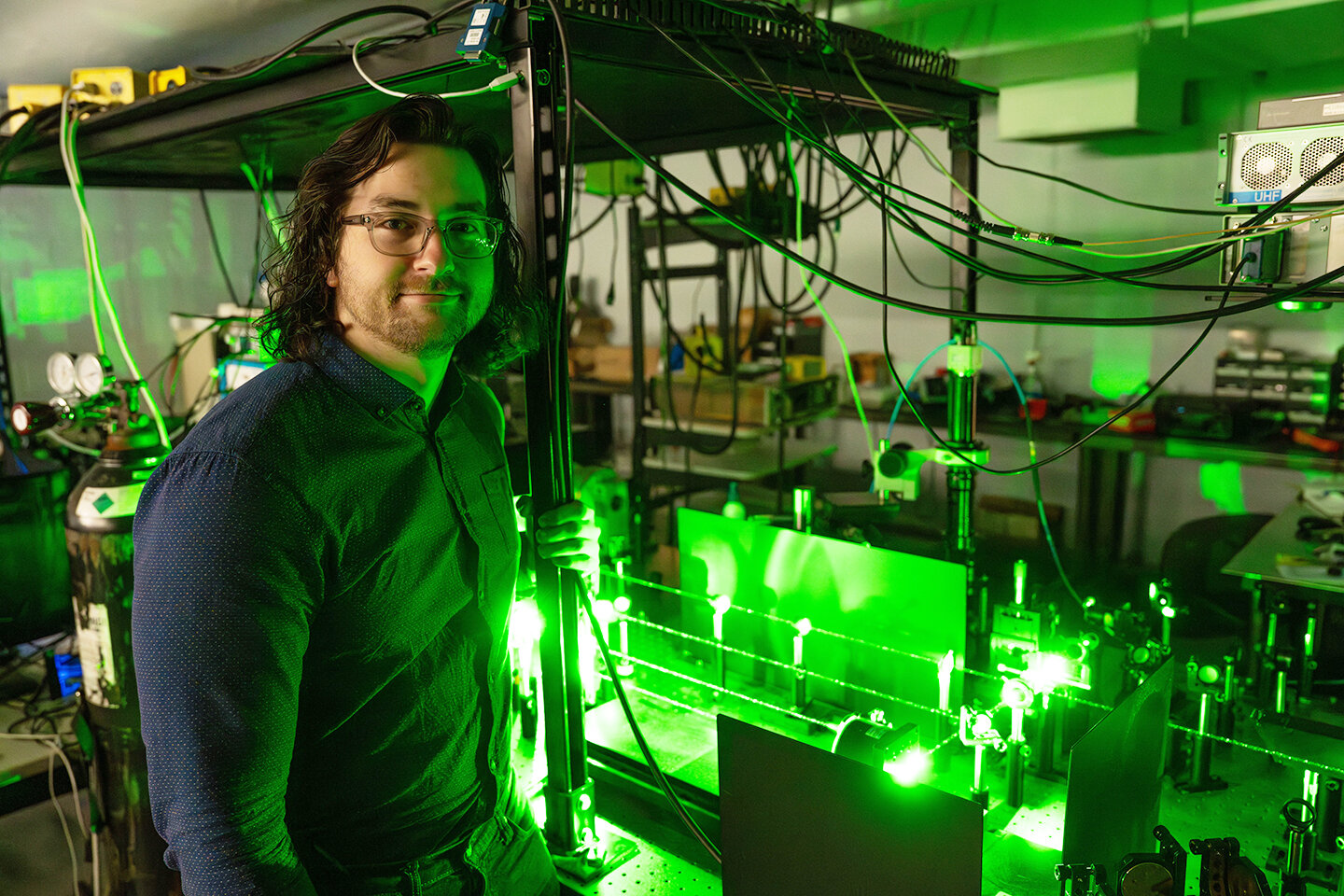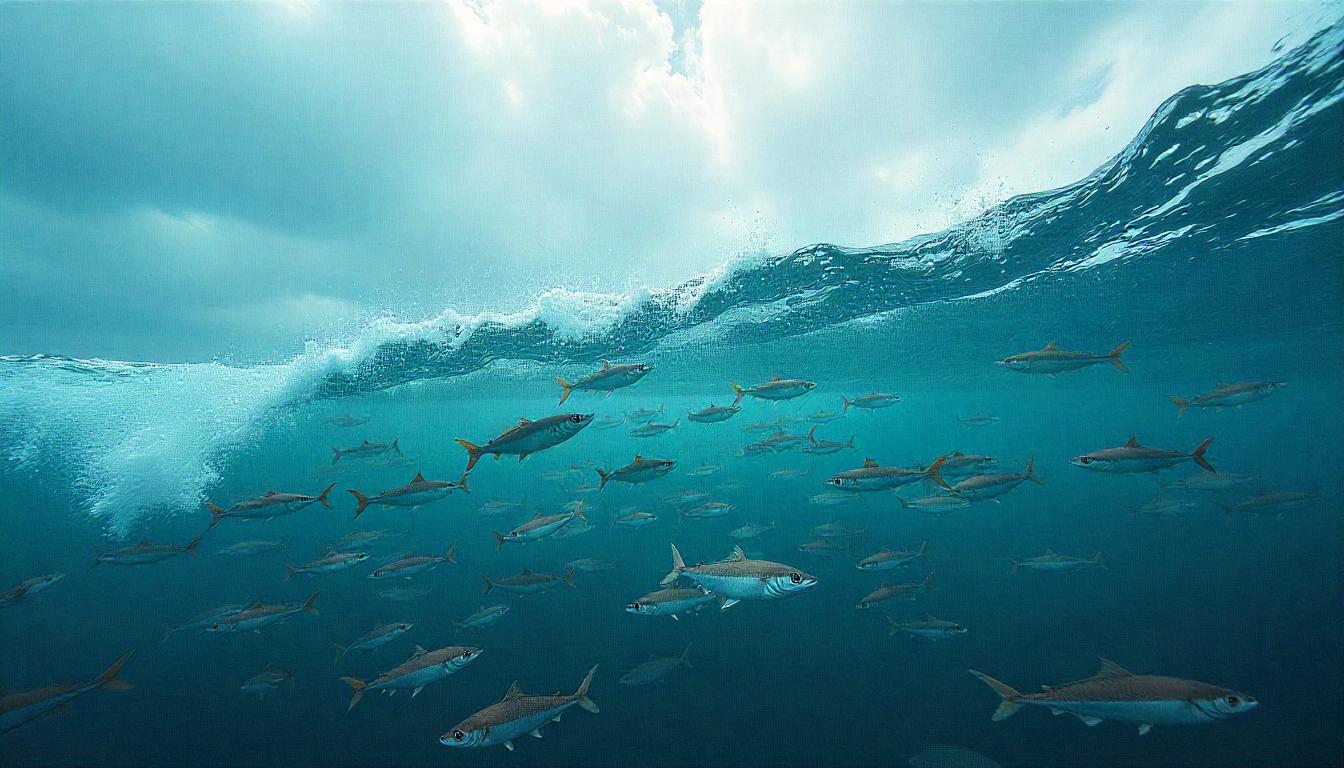Challenging a 50-Year-Old Scientific Belief
For decades, scientists believed that fish in schools aligned themselves in flat diamond-shaped patterns to swim efficiently. This long-held theory, dating back to the 1970s, has been a cornerstone in marine biology. But now, cutting-edge research has turned that idea on its head.
Advanced 3D Tracking Offers a Fresh Perspective
A team from Princeton and Harvard used sophisticated 3D tracking software to observe six giant danios swimming in a recirculating tank. After recording over 10 hours of footage, researchers made a surprising discovery: fish rarely swam in diamonds. Instead, they formed a fluid, three-dimensional “ladder” structure — with staggered positioning like rungs on a ladder or a fleet of fighter jets in formation.
Why Ladder Formations Make More Sense
The ladder pattern appears to help fish maintain coordination and possibly save energy in dynamic environments. Unlike rigid diamond structures, ladder-like arrangements are more adaptable, allowing fish to shift positions in real-time as they respond to water flow and each other’s movement.
The Fall of the Diamond Theory
The old theory was based on two-dimensional models and assumptions that didn’t account for the complexity of real-world swimming. With modern tracking tools, researchers can now examine fish behavior in 3D space — a crucial leap that revealed the true nature of fish schooling patterns.
Impacts on Robotics and Swarm Technology
Beyond biology, this revelation has exciting implications for robotics. Engineers studying fish schools are developing underwater robot swarms inspired by these ladder formations. These bio-inspired machines could one day monitor coral reefs, track marine health, or explore shipwrecks — all while swimming efficiently using nature’s own strategies.
Building Smarter Robot Schools
Researchers in the Nagpal lab are already applying these insights to robotic fish that can swim together in adaptive patterns. By mimicking how real fish move in ladders, robot swarms could perform cooperative tasks more effectively in turbulent underwater conditions.
What This Means for the Future of Marine Science
This study is a reminder of how much we still have to learn from nature — especially when we bring new tools to old questions. The discovery reshapes our understanding of fish behavior and opens new pathways for both ecological studies and robotics design.
Could the Ocean Be Hiding More Surprises?
As researchers continue diving deeper into animal movement patterns, who knows what other misconceptions will be overturned? Stay curious, and stay tuned to DailySciTech.com as we explore more scientific revelations from the sea and beyond.
Reference: “Beyond planar: fish schools adopt ladder formations in 3D” by Hungtang Ko, Abigail Girma, Yangfan Zhang, Yu Pan, George Lauder and Radhika Nagpal, 27 June 2025, Scientific Reports.
DOI: 10.1038/s41598-025-06150-2
Daily science news 2025, Best science blogs, New science research 2025, Popular science articles, Latest science news 2025










